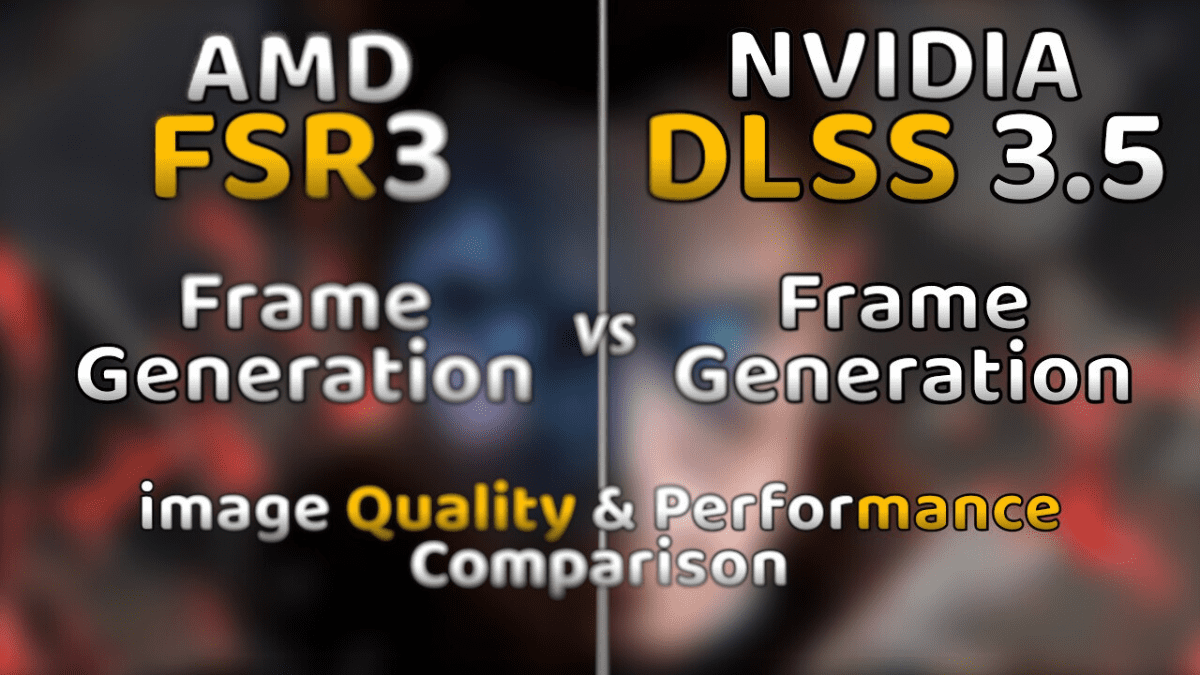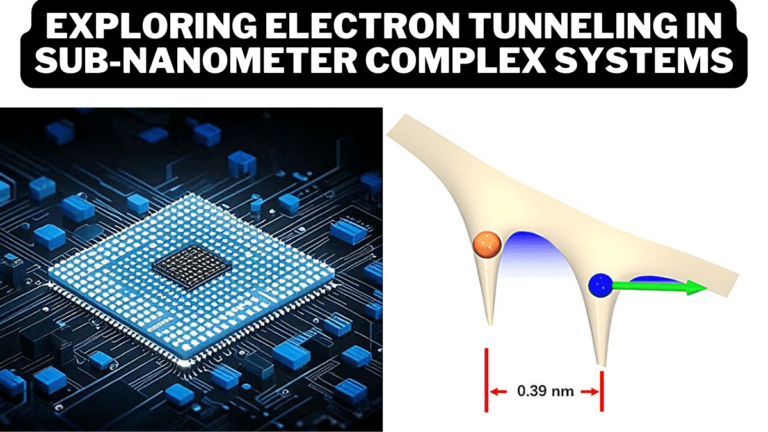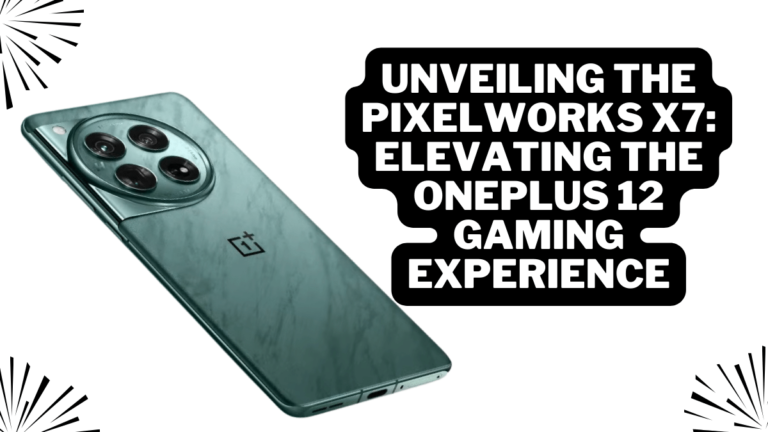The Ongoing Nvidia vs. AMD Rivalry
In the dynamic world of graphics cards, frame generation technology. the perpetual rivalry between Nvidia and AMD continues to shape the gaming landscape. A recent shift in focus has highlighted the diverging strategies of these tech giants, particularly in their approaches to frame generation technology.
Table of Contents
The Open Source Advantage of FidelityFX Super Resolution 3
AMD’s FidelityFX Super Resolution 3 (FSR3) has recently taken a significant stride by going open source. This move has ushered in a new era where modders can seamlessly integrate FSR3 into games lacking native support. Notably, this advancement proves advantageous, especially for owners of slightly older Nvidia cards. FSR’s platform-agnostic nature outshines earlier iterations of Nvidia’s DLSS, with DLSS 3 being exclusive to the RTX 40-series.
| Features | FidelityFX Super Resolution 3 (FSR3) | Nvidia DLSS |
|---|---|---|
| Technology Type | Open-source | Proprietary |
| Integration | Moddable into games without native support | Limited to supported games and Nvidia GPUs |
| Compatibility | Broad range of GPUs and games | Limited to Nvidia GPUs and supported titles |
| Performance | Significant performance boost observed | Performance enhancement, varying by game |
| Frame Rates | Demonstrated notable increases in frame rates | Enhanced frame rates, game-dependent |
| Visual Quality | Improved visuals with increased performance | Enhanced visual fidelity at higher resolutions |
| Issues/Challenges | HUD flickering, occasional gameplay instability | Potential issues with specific game integrations |
| Installation Complexity | Moderate complexity | Simplified setup on supported games |
| Future Development | Community-driven advancement expected | Nvidia-driven innovation and optimizations |
Performance Showdown: FSR3 vs. DLSS in Cyberpunk 2077
In a revealing demonstration using Cyberpunk 2077, a potent battleground for testing graphic capabilities, an Nvidia RTX 3080 equipped with AMD’s FSR3 through mods showcased remarkable performance. With most of the game’s demanding visuals pushed to their maximum settings, the native DLSS managed a frame rate of approximately 40 frames per second. Similarly, the older FSR 2.2 held its ground at a comparable level. However, adopting the modded FSR3 build by LukeFZ skyrocketed the frame rate to an astounding 71 FPS, as documented by Neegzm’s diagnostics on YouTube.
Balancing Improvement and Limitations of Frame Generation Technology.
Despite the remarkable strides, embracing the modded FSR3 exhibited a glimpse of instability during actual gameplay. Observers noted instances of HUD element flickering, indicating that while the improvements are significant, there are still some kinks to iron out. Nevertheless, these developments hold promise, particularly for users with older hardware, providing a beacon of hope amid the allure of cutting-edge visuals.
Accessing Enhanced Tools: Navigating the DLSS Terrain
WCCFTech unearthed a tool by GitHub uploader “Nukem9,” offering a free alternative with the capability of augmenting any game supporting DLSS on Nvidia GPUs. However, the installation process might pose a challenge, and the outcomes can vary. Despite these hurdles, initial reports showcase substantial improvements over official tools, suggesting a viable avenue for users seeking performance enhancements.
The Road Ahead: Embracing Advancements of and Challenges
The evolving competition between AMD’s FidelityFX Super Resolution 3 and Nvidia’s DLSS marks an exciting juncture in gaming technology. Both companies vie for supremacy in frame generation technology. arena, the consumer stands to benefit from these technological leaps. While glitches and instability persist in early implementations, the rapid progress hints at a future where aging hardware can revel in enhanced performance and visual fidelity.
In conclusion, the clash between AMD and Nvidia in the realm of frame generation technology unveils a realm of possibilities for gamers. The strides made by FSR3 and the innovations surrounding DLSS signify a future where gaming experiences are elevated, promising a harmonious convergence of performance and visual prowess.
What is FidelityFX Super Resolution 3 (FSR3), and how does it differ from DLSS?
FSR3 is AMD’s FidelityFX Super Resolution 3, a technology that enhances gaming performance by upscaling lower-resolution images. It differs from DLSS (Deep Learning Super Sampling) primarily in its open-source nature, making it accessible for modders to integrate into games without native support, while DLSS is proprietary to Nvidia and limited to certain GPU series.
Can FSR3 be integrated into games that don’t natively support it?
Yes, FSR3’s open-source architecture allows modders to incorporate it into games lacking native support, offering performance enhancements across various titles.
What are the key advantages of FSR3 being open source?
The open-source nature of FSR3 fosters community-driven development, enabling wider accessibility and flexibility for integration into games, especially for users with hardware that doesn’t support proprietary solutions.
Is there a notable performance difference between FSR3 and earlier versions like FSR 2.2 or DLSS 3?
Early demonstrations suggest significant performance boosts with modded FSR3 over earlier versions of FSR and even Nvidia’s DLSS, especially on older hardware, showcasing higher frame rates and improved visuals.






















+ There are no comments
Add yours